
Around 70 million years ago, a frog the size of a beach ball hopped across the lands of Madagascar. Beelzebufo ampinga wasn’t an ordinary amphibian. Using its armor-like skin and bone-crushing jaws, this ancient giant terrorized everyone and got the nickname “devil frog.”
Unlike the frogs, Beelzebufo wasn’t catching flies. Scientists believe its size and strength made it capable of preying on small vertebrates, including hatchling dinosaurs. Isn’t it shocking?
So, what made this prehistoric predator so formidable? Let’s explore the fascinating journey of Beelzebufo ampinga, from its size to its powerful bite, and find out why it is deemed an important ancient find.
1. The Name Says It All
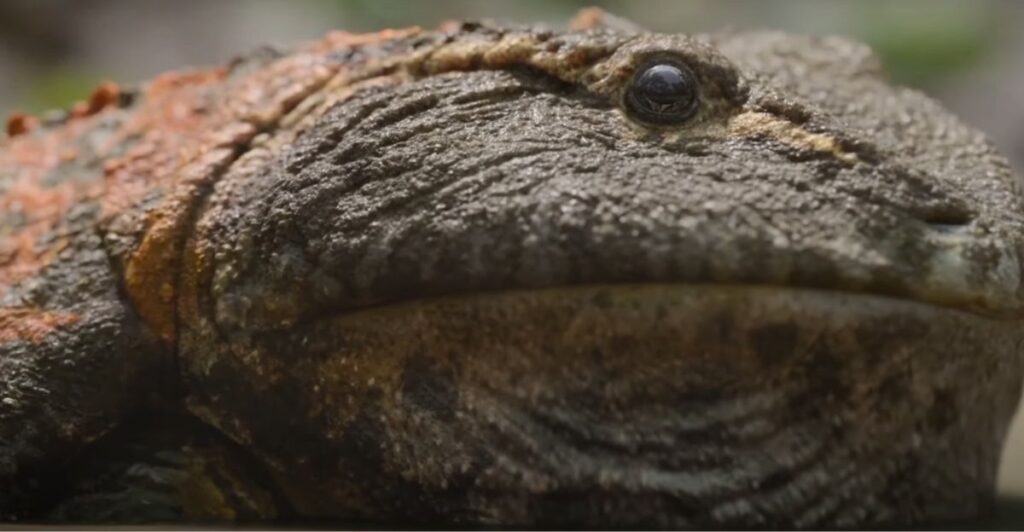
Beelzebufo’s name is as fearsome as its reputation. Derived from “Beelzebub,” meaning devil, and “bufo,” the Latin word for toad, its nickname “devil frog” captures its intimidating persona.
The name reflects not only its size and strength but also its status as a top predator in its ecosystem. It’s a fitting title for a creature that might have ruled the big animal world of Madagascar with dominance.
2. Born in Gondwana’s Golden Age

Beelzebufo lived during the Late Cretaceous, around 70 million years ago, when Madagascar was part of the supercontinent Gondwana. The isolated landmass was home to some of the most unique species on Earth.
Madagascar’s arid environment and biodiversity allowed the devil frog to thrive as both predator and survivor. It adapted to the tough conditions and carved out its niche in a world filled with reptiles and early mammals.
3. A Colossal Amphibian

Can you imagine a frog measuring up to 16 inches long and weighing around 10 pounds? Well, Beelzebufo was real, and it was the largest frog species ever discovered. That size set it apart from modern frogs, which rarely exceed a few inches in length.
Plus, this bulk wasn’t just for show—the size made it less vulnerable to predators while allowing it to hunt bigger prey. Think of a frog the size of a small dog, and you’ll understand why it was a force to be reckoned with.
4. A Bite to Remember

The devil frog’s jaws were built for crushing, capable of delivering an astonishing force. With a bite ranging from 1,106 N to 2,214 N, its jaw strength is on par with modern predators like wolves.
Such a powerful bite made the “devil frog” capable of preying on small vertebrates, including reptiles. Scientists believe it likely ambushed its prey by snapping its jaws shut with devastating precision!
5. Armor That Meant Business

Unlike the smooth skin of today’s frogs, Beelzebufo had thick, armor-like skin covered in bony plates. A natural defense of this sort shielded it from attacks by larger predators and gave it a rugged, intimidating appearance.
That tough exterior was more than protection; it also allowed the frog to thrive in its harsh environment. That’s what made the frog one of Madagascar’s most resilient creatures.
6. A Predator of Dinosaurs
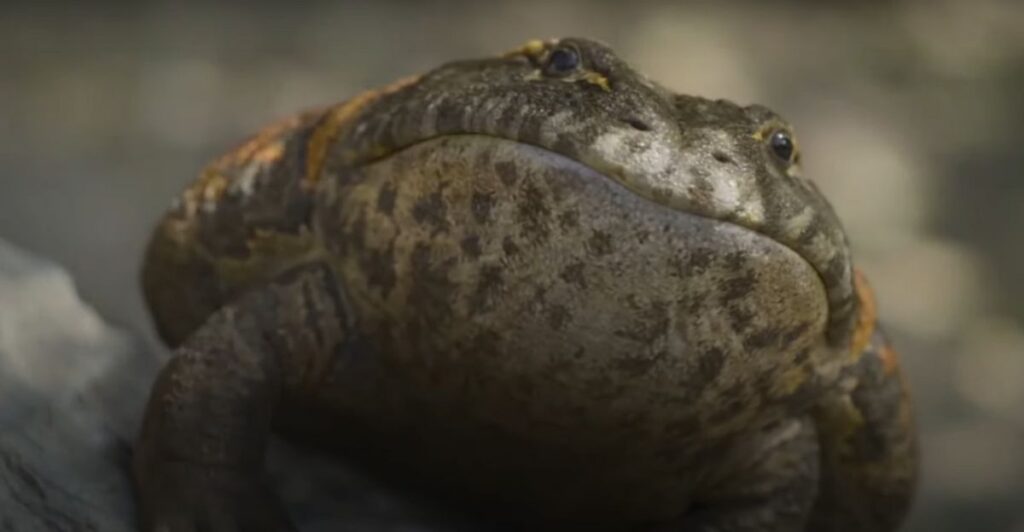
It is believed that the devil might not have been satisfied with insects and aimed higher on the food chain. The jaw strength and size of this frog suggest it could prey on small mammals, even baby dinosaurs.
The possible hunting style was camouflage and bang with brute strength—a silent threat no one would expect or escape. Beelzebufo was the ultimate predator lurking in the shadows during that era.
7. Not Just a Frog, But a Tank

The frog’s body was designed for survival. Just imagine a huge frog with a muscular build and strong limbs. They likely helped it lunge at prey and hold its ground against competitors.
This tank-like physique wasn’t common among other frogs at that time, so Beelzebufo was an evolutionary outlier. The devil wasn’t just surviving—it was dominating the food chain in a way no other amphibian could.
8. A Relic of Gondwana’s Breakup
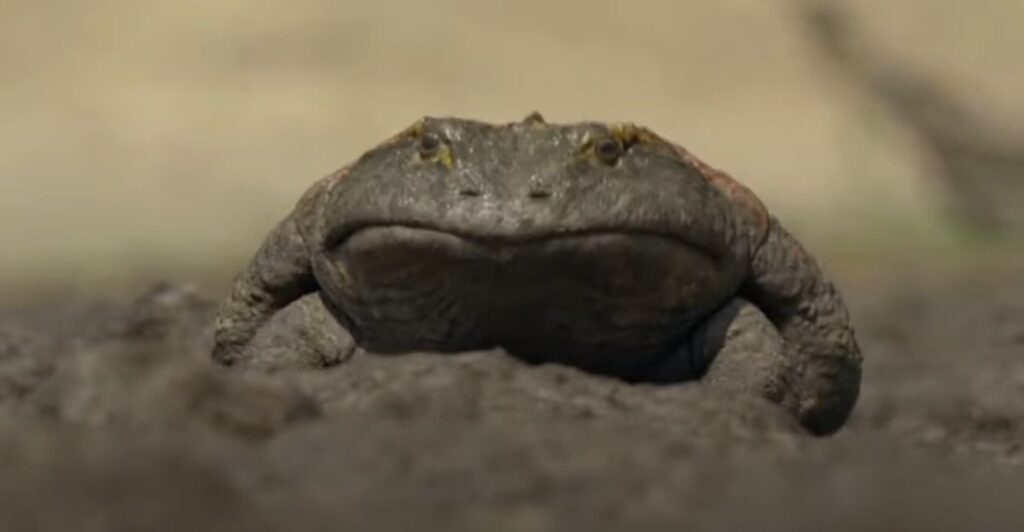
Beelzebufo lived during a time when Madagascar was drifting away from the rest of Gondwana, creating an isolated ecosystem. This separation allowed unique species like the devil frog to evolve without competition from other amphibians.
Its fossils offer a glimpse into this transitional period and helped scientists understand how ancient species adapted to shifting climates and environments. Madagascar’s isolation made Beelzebufo a one-of-a-kind predator in a land full of surprises.
9. Links to Modern Horned Frogs

This frog shares surprising traits with modern horned frogs, also known as Pacman frogs. These relatives, found in South America, are smaller but share Beelzebufo’s wide mouths and powerful jaws.
Such a connection suggests an evolutionary lineage dating back tens of millions of years. The similarities between these ancient and modern frogs indicate that certain advantageous traits have been conserved over time, allowing these amphibians to thrive in various environments.
10. A Fossil Puzzle
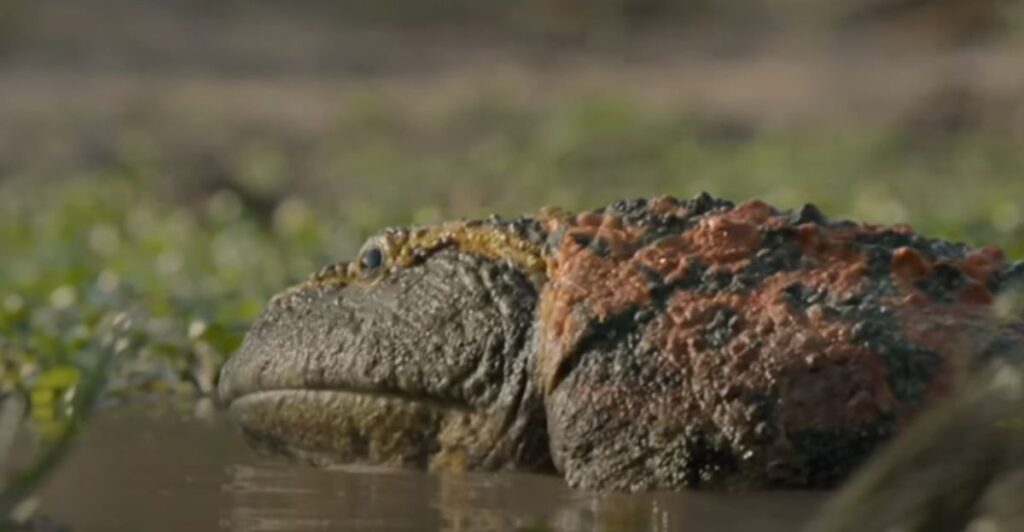
Beelzebufo’s fossils weren’t found as a complete skeleton but as fragmented pieces, including parts of its skull, jaws, and armor. Piecing these fragments together was like solving a prehistoric jigsaw puzzle.
Despite the challenges, researchers reconstructed its size, strength, and anatomy with remarkable precision. These fossils remain a key source of knowledge about amphibians from the Late Cretaceous period.
11. Discovered in the 21st Century
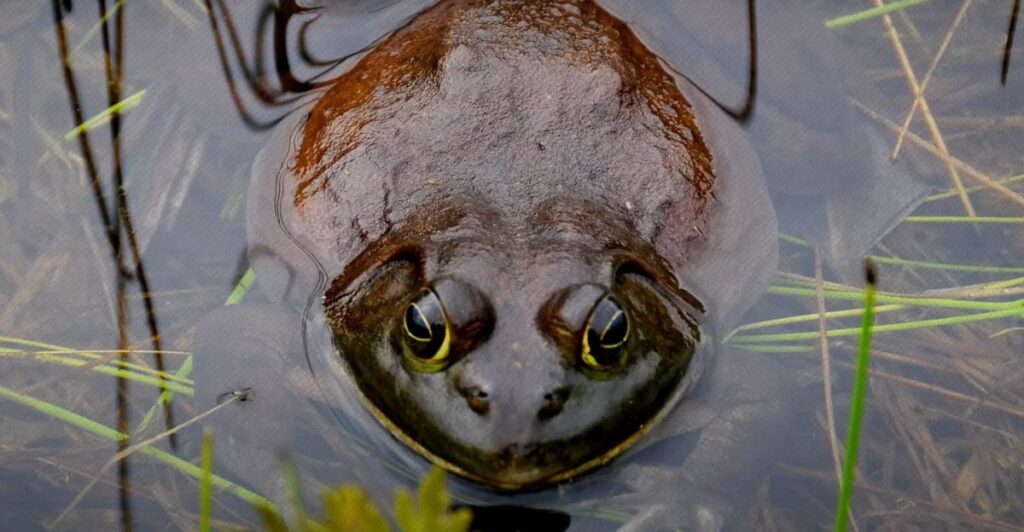
Though it lived millions of years ago, Beelzebufo was only discovered recently. Those fossils were unearthed in Madagascar in the late 1990s, with detailed studies published in 2008.
The discovery was a major breakthrough, adding a new chapter to the story of prehistoric amphibians. Since then, Beelzebufo has fascinated scientists and enthusiasts alike, sparking discussions about the diversity of ancient life.
12. Gone But Not Forgotten
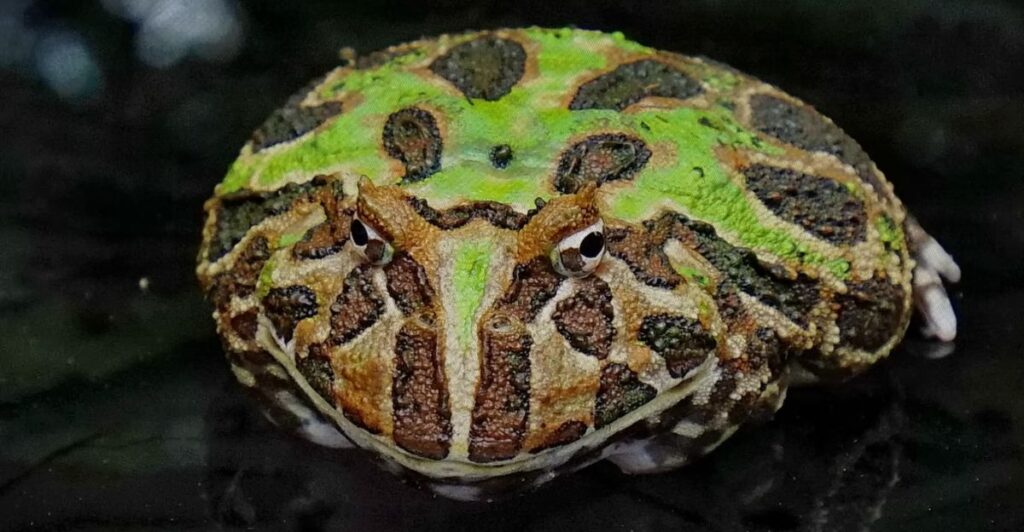
Like many creatures of its time, Beelzebufo went extinct around 65 million years ago, probably due to the same asteroid impact that wiped out the dinosaurs. However, its legacy lives on in the fossil record and its evolutionary ties.
Beelzebufo reminds us of the incredible diversity of life that once roamed the Earth—proof of nature’s ability to create creatures that are as fearsome as they are fascinating. Finally, let’s appreciate the locals and experts who are solving such ancient mysteries.
Stay connected with us for more stories like this! Follow us to get the latest updates or hit the Follow button at the top of this article, and let us know what you think by leaving your feedback below. We’d love to hear from you!







